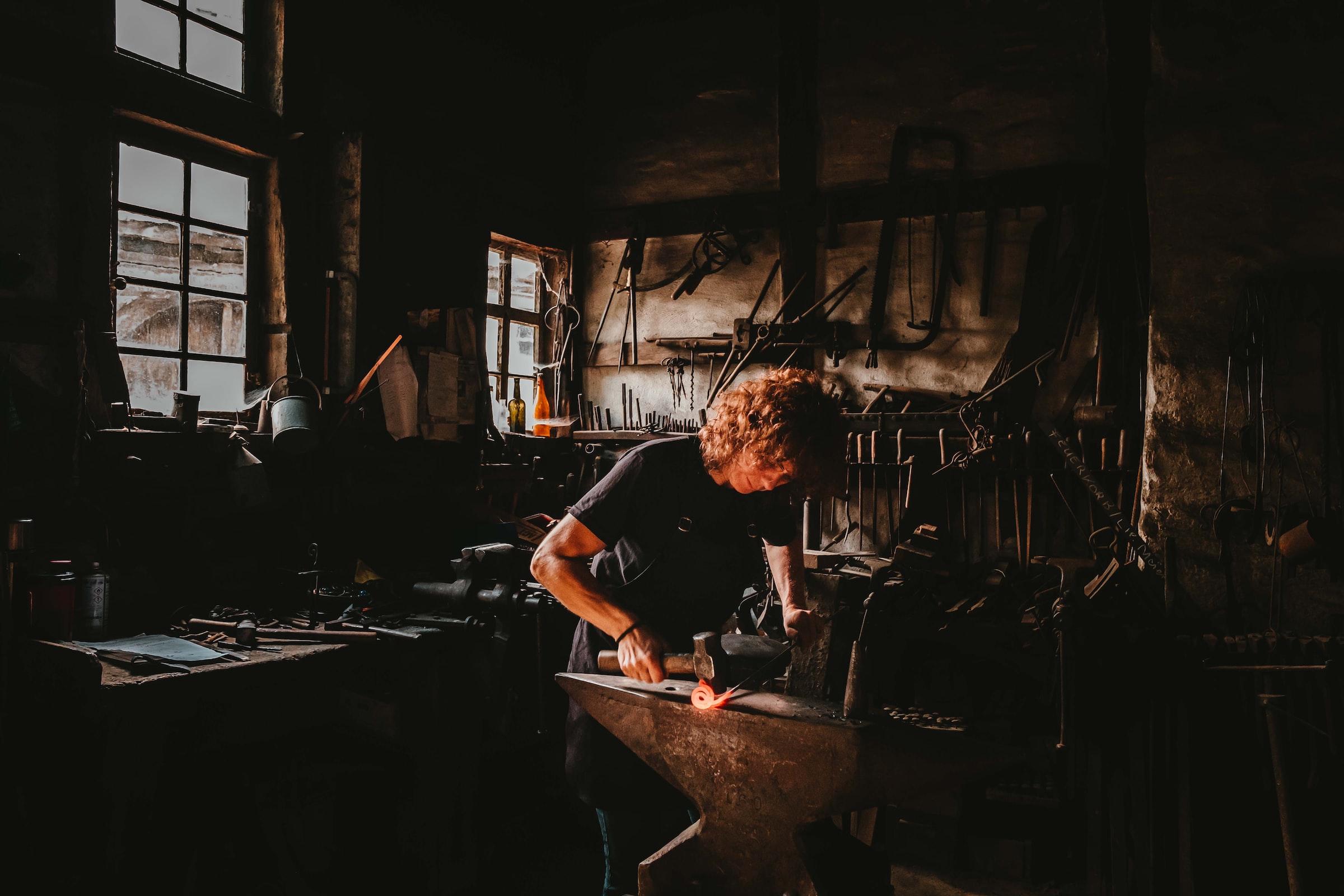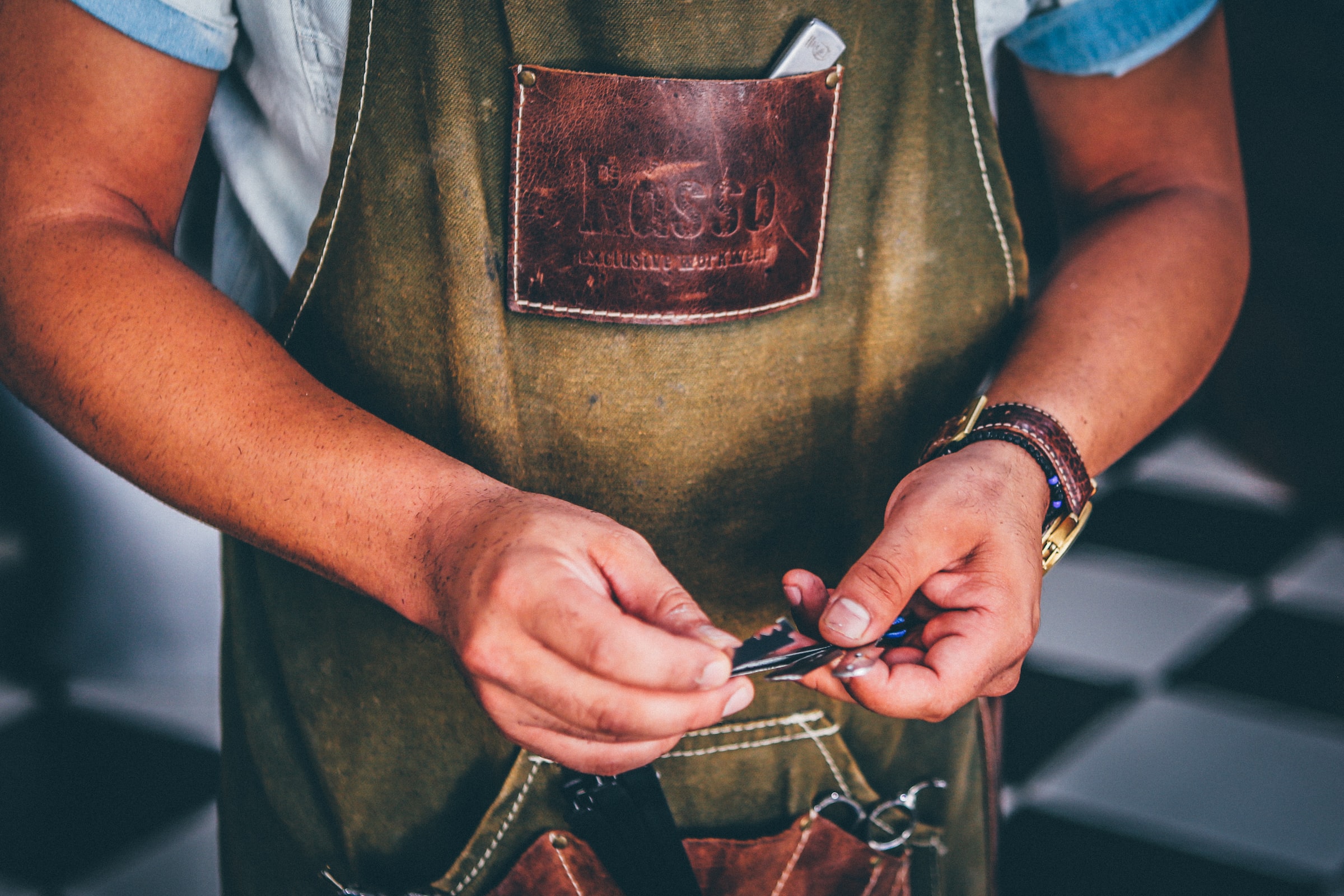
By definition, do-it-yourself can be defined as all small manual domestic work. It is often carried out with the aim of repairing, installing, or even creating small achievements. No matter how big or small, DIY is a fairly technical intervention; it, therefore, requires a certain amount of know-how and agility on the part of the person doing it. While some have made it their profession, others are content to take part occasionally. However, one thing is sure; anyone can do it as long as they have the necessary arsenal.
The basics: getting the right equipment

Do-it-yourself work covers a multitude of areas of intervention. The type of work varies from one area to another; the accessories used, therefore, vary according to the type of task to be performed. A handyman must therefore have in his possession the specific tools for each type of intervention. He must also obtain materials that are appropriate for the type of activity he wishes to perform. Whether you are a professional or a budding do-it-yourselfer, getting the right equipment should be a priority. Indeed, no matter how talented a handyman we are, we are forced to recognize that we are unable to act without the proper tools and resources.
The tools needed for DIY
Tools are all the tools needed for a given activity. As DIY is a very broad field, a wide range of tools is necessarily necessary in order to deal with the unexpected. In order to highlight an overview of this diversity, we will draw up a non-exhaustive list of the DIY tools that a handyman must have.
Hammer
The hammer is a very common tool in the field of DIY. It is used to drive nails and adjust surfaces by means of percussion. There are different types of hammers with various dimensions; each model corresponds to specific uses.
Pliers
Pliers are also a favorite tool of the do-it-yourselfer. Depending on the type of pliers used, they can be used to hold objects or cut them. Indeed, there are several types of pliers: universal pliers, cutting pliers, multi-socket pliers, etc.
The saw
The saw is an instrument designed to cut objects. While the hand saw is mainly used to cut wood, the hacksaw is used to cut harder materials such as metal. In addition, motorized models are available from DIY stores.
The screwdriver
The screwdriver is a piece of equipment used to insert or loosen screws. It is commonly used for fastening or dismantling work. The fact that it is one of the tools you need to have at home is not a surprise.
Materials and supplies needed for DIY
Besides having the necessary tools, it is also essential to have the appropriate materials and accessories for each type of work.
For exterior landscaping
Exterior landscaping includes work aimed at improving the aesthetic appearance of outdoor space, especially the garden. To carry out this type of activity, the do-it-yourselfer is required to obtain specific materials:
-
- Wooden slats and panels: for creating and renovating small structures such as decks and fences.
-
- Paving stones or slabs of stone: to design garden paths and swim pool borders.
-
- Fertilizer: to ensure the growth and good health of garden plants.
-
- Water purifiers: to manage pool water quality and get rid of harmful organisms that may be present.
For indoor landscaping
Contrary to the outside, interior work concerns the operations necessary for the beauty of the interior of a home. They include both the decoration and installation of accessories to ensure comfort.
Electrical supplies
Electricity plays a vital role in our daily lives. It allows us to operate the appliances we use. However, it is necessary to take into account to arrange well the electric circuit of the house and opt for good quality materials such as cables, plugs, switches, etc.
Finishing and protection products

In order to accentuate the charm of a space, finishing is a maneuver that should not be neglected. Applying paint or another type of protective product is a good way to personalize each house room. If the walls can be painted in a personalized way, the furniture and the floor can be covered with protection such as stains.
Sound off in the comments section below, and tell us what you want to read next and if you want to read more about DIY tools.



